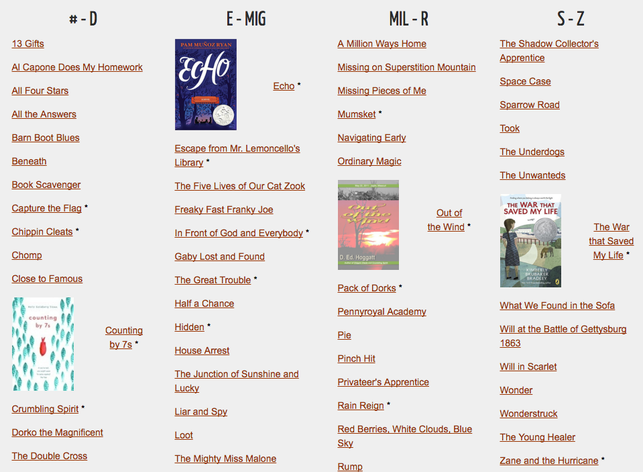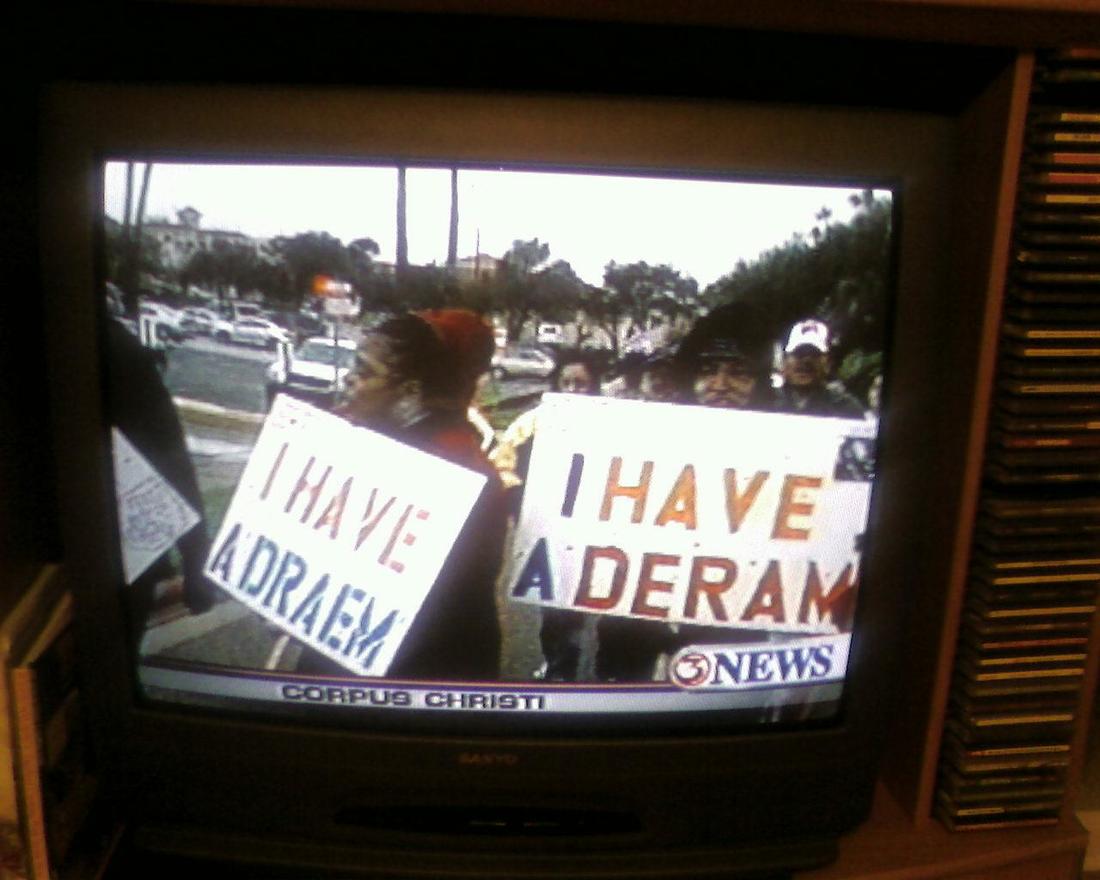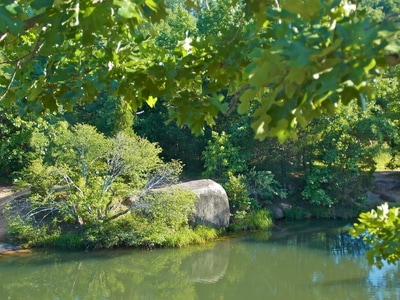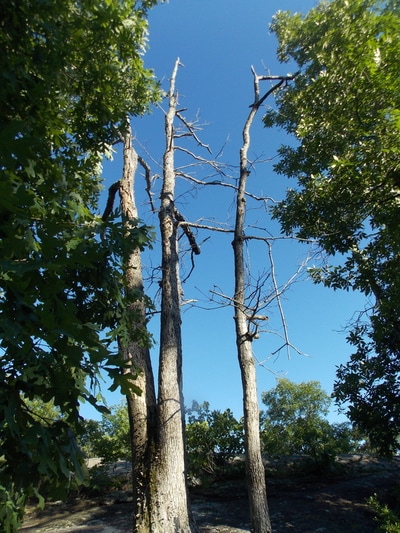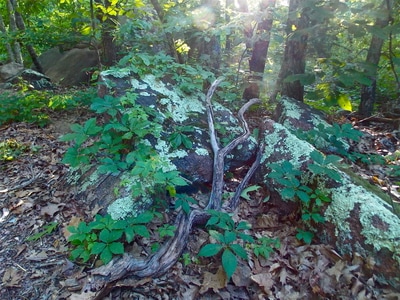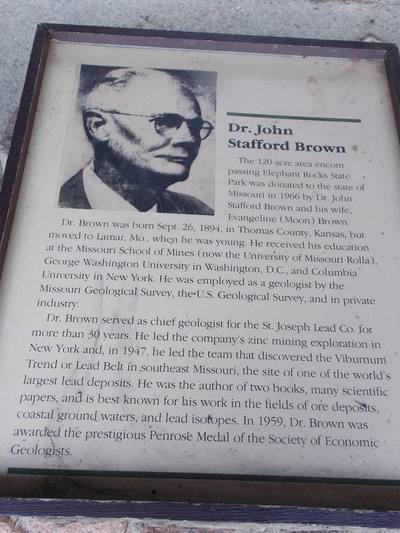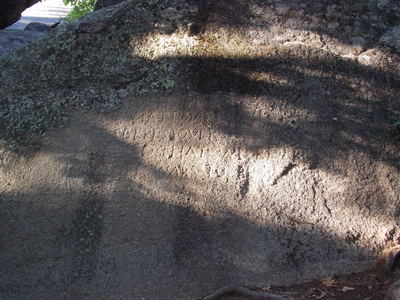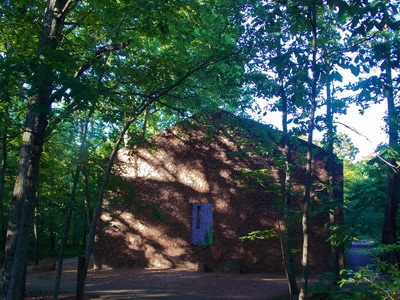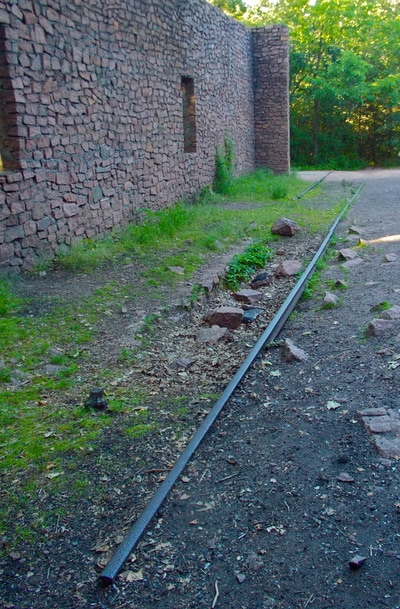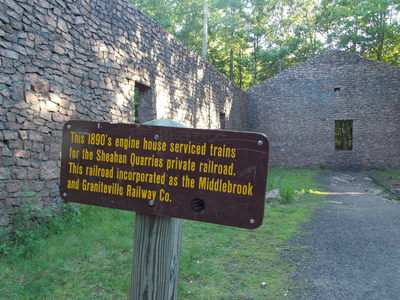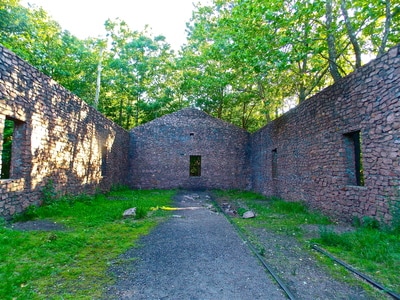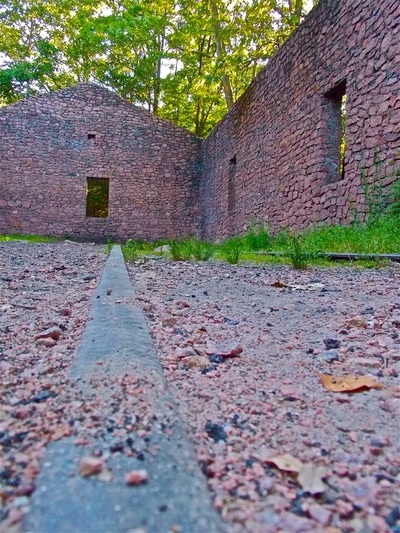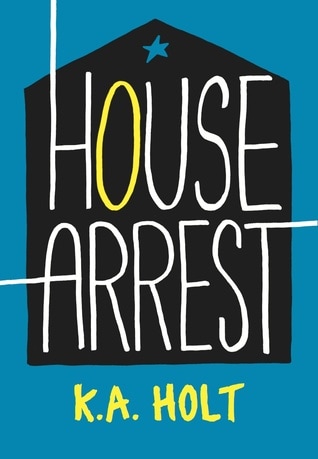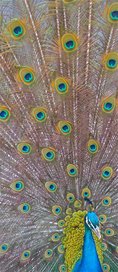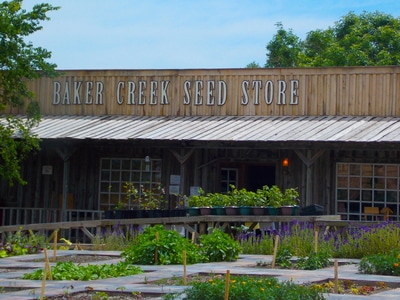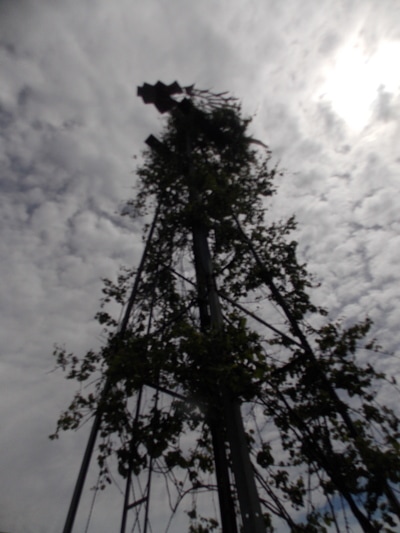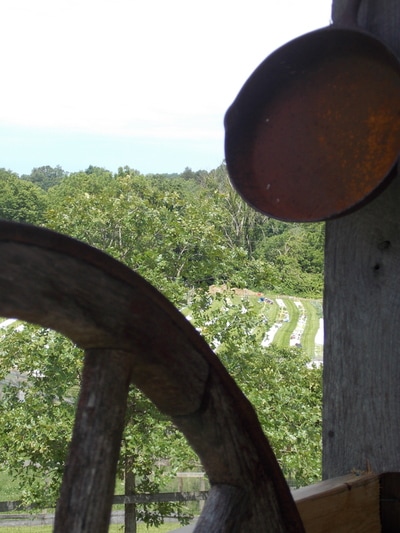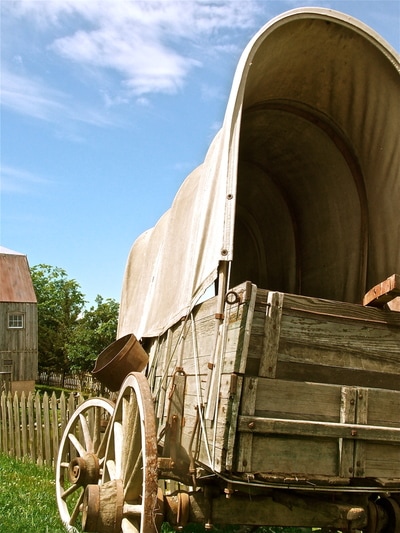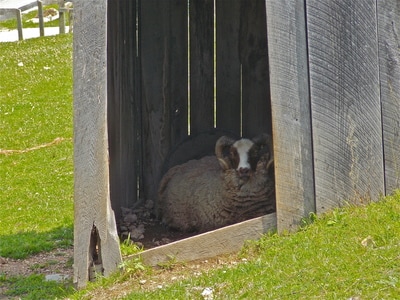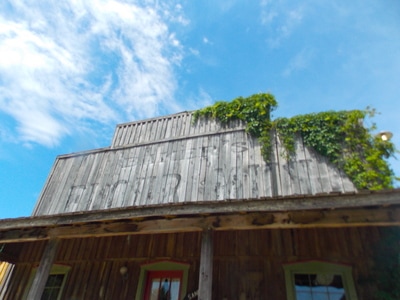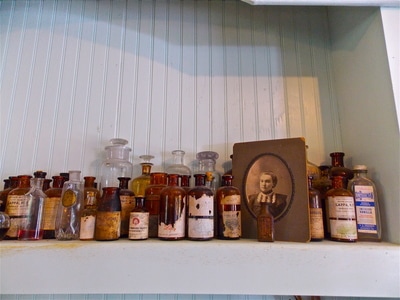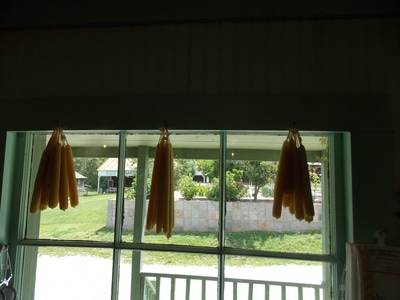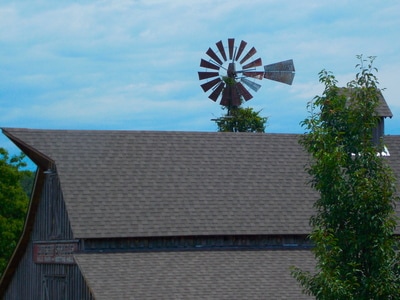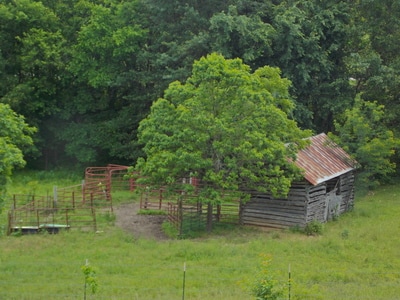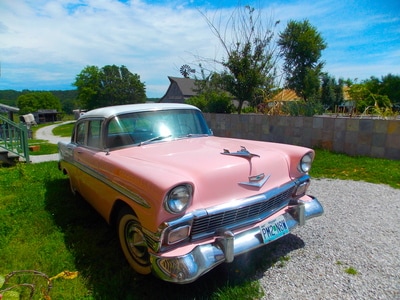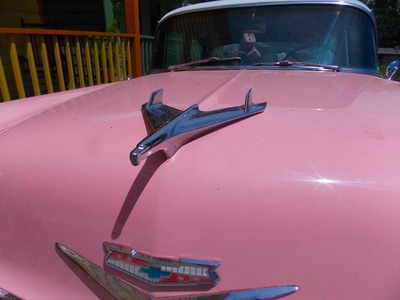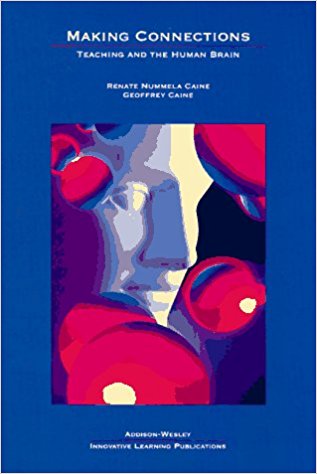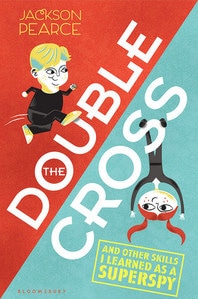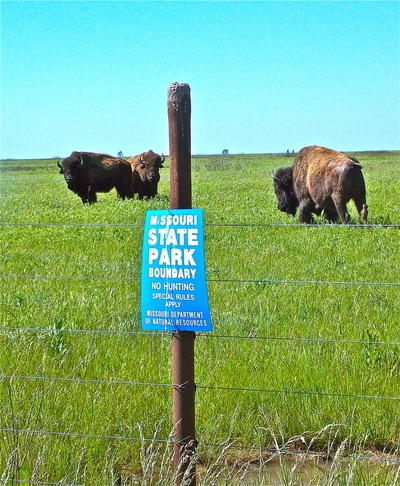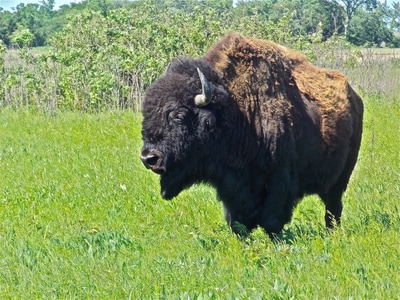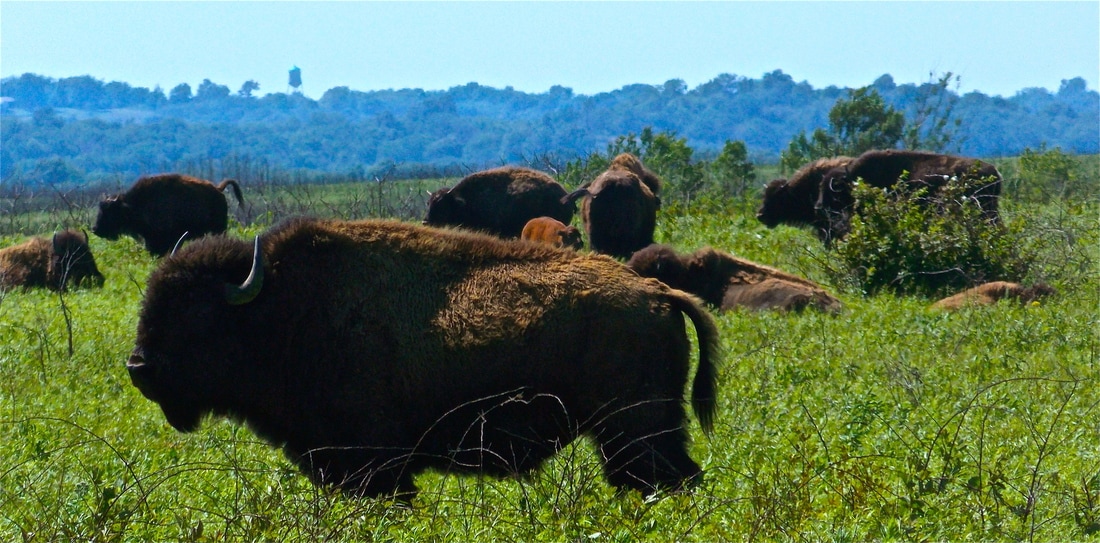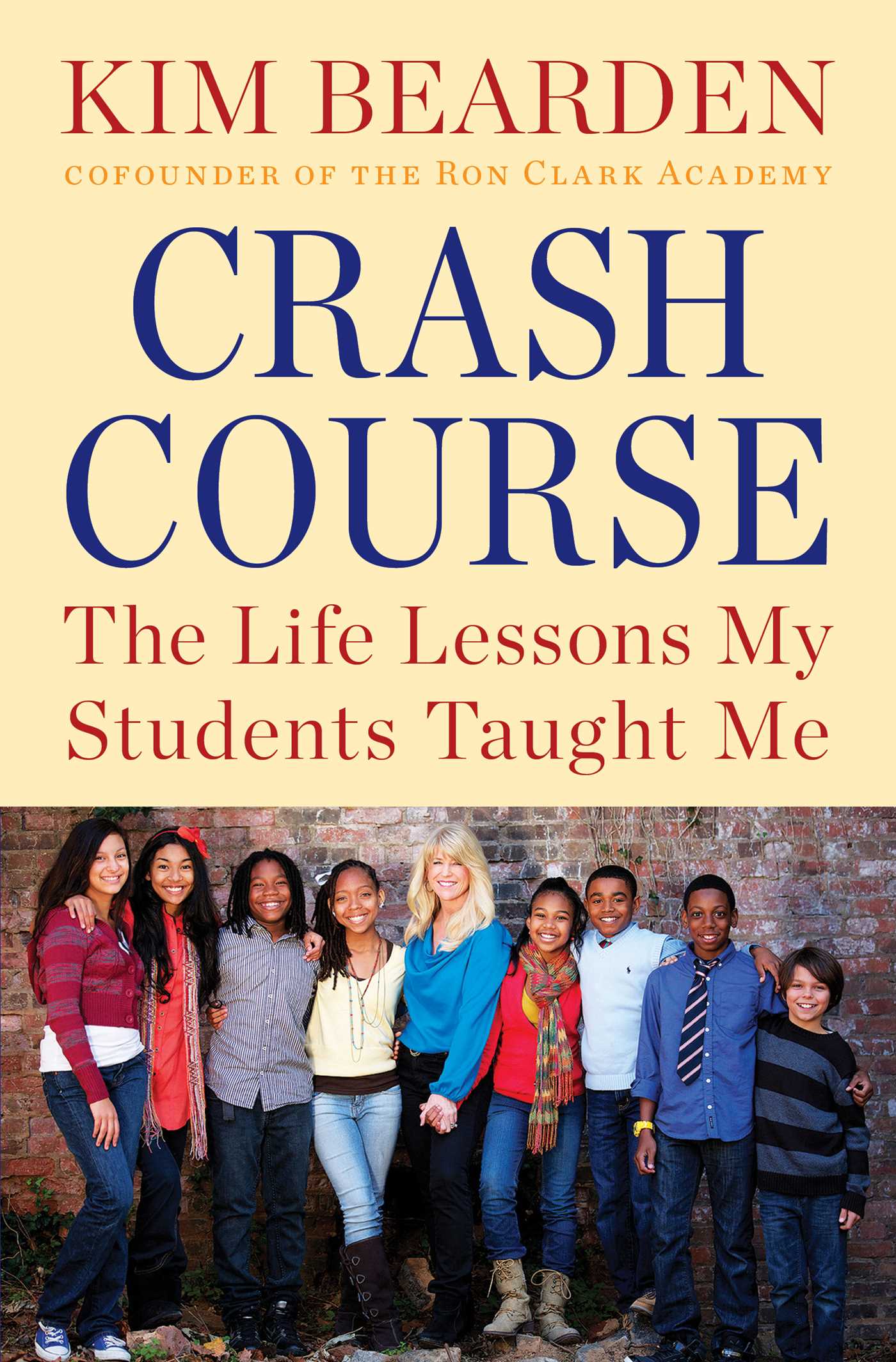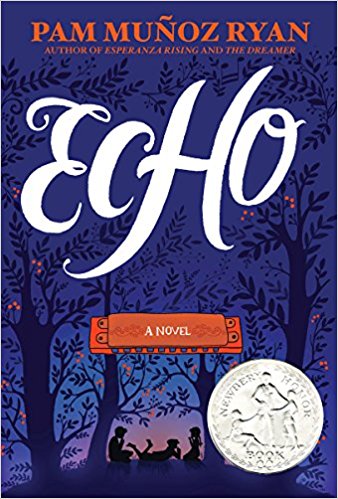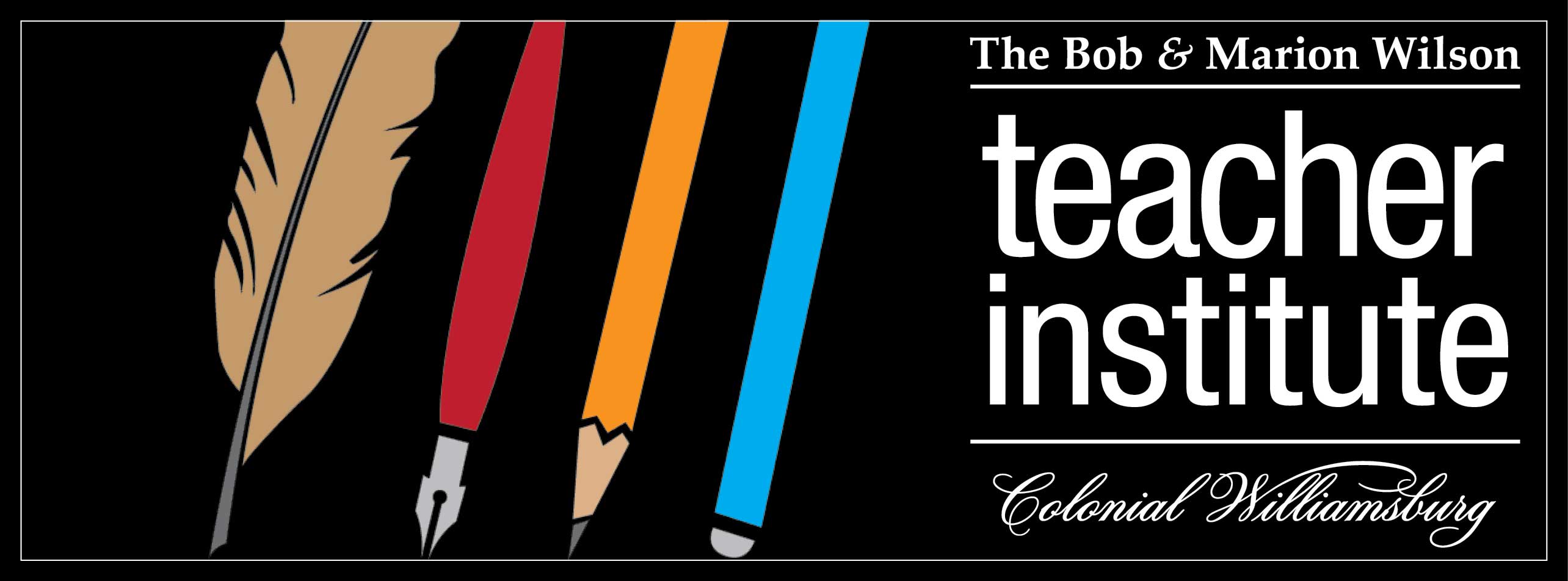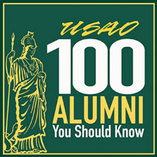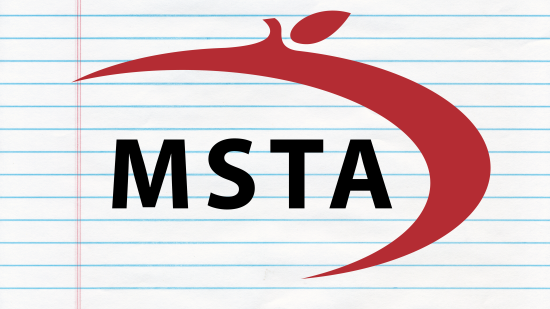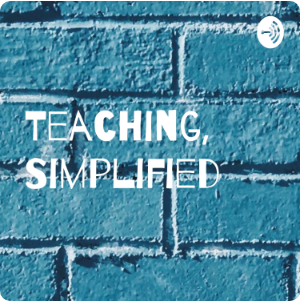|
The newest page on our website is called The Library Zone. On this page you can find links to information for books you might want to read. Most of the books on this page are nominees for Missouri's annual Mark Twain Award; that means they have been selected by Missouri librarians as favorites. I don't always agree, and you don't have to either, but it's a good place to begin. Check some of these out at Joplin's new and amazing public library, this summer!
0 Comments
Time to get out of town Out of the city Out of the neighborhood Away from the concerts, the theme parks, and the sports arenas Away from the job, the school, and the people we know Away from the politics, the neighbors, and the traffic Away from social media, cable news, and gossip Out - into nature Out into the world Out into our beautiful state Once we staked our claim at the campground (Actually we had a reservation.), we headed to Elephant Rocks State Park. I expected to park and take an inclined hike to a plateau upon which rested a circle of elephant-sized stones. What we received was even better. Like everywhere in that part of the state, we were immersed in nature. Countless demonstrations of natural wonder. Flora and fauna galore. In the park's long parking lot, there was an area on the right side where some large rocks were visible. Stopping in that location, we entered a rocky hill, noticing that the whole world (here) was rocks piled on top of rock. We climbed around for a while, took some photographs, and returned to the car. While we appreciated the beauty of the natural scenery, we were not impressed. A state park for this? Back in the car, we rode deeper into the parking lot and decided to let our seven-year-old play in the playground. That's where we found the plaque pictured below, left. We had not found the heart of Elephant Rocks State Park. Here, and not where we had spent time exploring, was something called a Braille Trail, the first in Missouri, guiding blind visitors through a hiking path. We decided to follow the trail. One of the first features along the path was a carving of words (also pictured below). These particular words, commemorating World War 2, are about a hundred years old. I had to run my fingers along one of the grooves to feel the history. The trail still had not yielded the type of sights we had expected from Elephant Rocks, and didn't for a while. We stopped to read the displays, but still, this was not much more than a typical nature area. A branch of the path went off of the main trail, and a sign indicated it was a little further than some would choose to detour. My daughter and I ventured along it to see the ruins of an 1890s railroad engine house. I love to explore old, abandoned buildings, but I don't get to do it very often, so I loved to stand on the rails and imagine a huge steam engine being pulled into the rock building at the top of this hill. The very textures of the rock screamed history. Still, we were still on our way to something great - the very namesake of the park, the elephants themselves...which I will save for another post! Wait for it...
We are always learning more about the human brain. Making Connections was written a while ago, but age doesn't negate the information in the book. Everything here is understandable. 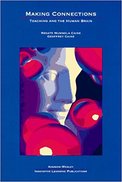
This part of the book closes with a thought from longtime educational guru, Madeline Hunter: There are no teacher or student behaviors that have to be in every lesson... We are...becoming sensitized to the appropriateness, artistry, and outcomes of what is occurring in the classroom... This necessitates skill in selecting from a pharmacy of educational alternatives, not being committed to one "best way" There's something to appreciate here - one more educational expert is giving me permission to be an eclectic teacher (not that I needed her permission). I see what happens when a subscription to the next big thing is taken as a prescription instead.
Follow doctor's instructions completely. But I'm the teacher. I'm the professional. It's part of why this job appeals to me. I get to make the decisions that will best serve my students. I get to play to my strengths. I get to take the best of what's offered and leave the stuff that won't fill my classroom needs. I am willing to keep an open mind and make concerted efforts to improve. In short, I get to take scientific information like the list above and apply my artistic methodologies. I'm closing in on three decades in the education profession, and in just about every one of those years, I've heard teachers from the previous grade level tell me how my class is going to look in the next year. Every year, I hear similar things. They can't wait to see how those kids react to Mr. Hoggatt. Sometimes it's disturbing because it's almost always negative.
By the time we start thinking about dispatching our children for the summer, we should be somewhat attached to them. Shouldn't we? I want to send my students on their next journey with positivity; I do not want to tell the next year's teachers how bad the following class will be, but how much potential they have. Likewise, I don't want to listen to the talk. Please don't tell me how loud they are. Or how fidgety they are. Or how much they can't do. Or how much they don't know. Or how much they don't care. See what I mean? If that's all you have to say about your class, you're probably telling me more about your own teaching abilities than about the students you're sending me. Are you trying to ruin my summer with worry? Are you setting me up to fail during the next school year? Are you trying to make me tougher? Are you trying to challenge me? Are you trying to get me to feel your pain? Whatever it is, I don't want to start my year fresh. I know, through experience, that students respond differently to my teaching than they do to yours. That's not a kind of bragging, it's a recognition that we are different. In the same way, they responded to you differently than the year before. And so on. Let's try to keep things positive and start the year off right! The free verse that makes up this book is sound. I enjoy reading books written in this style. In fact, this one - K. A. Holt's House Arrest - is reminiscent of one of my favorites, Love That Dog by Sharon Creech. The problem is that style is the only place where the two books are similar. I don't know what drives many of today's juvenile fiction authors to push the envelope of acceptable language and subject matter. House Arrest has a great premise, good subject matter, and well-developed characters, but makes several references along the way that made me cringe. I do so in books written for adults, too, but for a book that my fourth graders may choose to read, I cannot endorse the kind of language Holt has written. Don't get me wrong: I understand that main character Timothy is supposed to be edgy. I understand that he's angry at the world. I get that he is lost, confused, and helpless. And in real life, perhaps, this kid would use language worse than the few references here, but why perpetuate such a standard to still more children? Why not creatively reach that edge without shocking readers. Like I say, I like the premise and I like the style, but I didn't like the references to body parts and the crude references along the process of developing the plot contained in House Arrest. Likewise, I felt like Holt was trying to reach a page goal and drew parts of the story out further than necessary. At points, the writing felt repetitive as she tried to fill in all of the weeks of the year-long journal written by the main character. Then, in the final pages (and I mean, in the very last pages), the author hits the reader with everything at once. It's almost as if she needed to resolve every issue at the same time, so she did it. I would have enjoyed a little more time to let things happen than to throw it all in the mix at once and then drop it in the reader's lap. Because of the manner in which she wrapped things up, she also created a whole new set of circumstances that were left unresolved. I'm OK with some of that; it's fun to tease the audience a bit - leave them with unanswered questions to ponder - but there's a little too much of that here. Which tells me there may be a sequel in the works. I hope she respects the readers enough to avoid sequel fever.
Judge for yourself if you must. There are things to enjoy about this text, but there may be some parts contained within that your parents won't want you to read. Nothing too explicit, mind you - no sex or violence, if that's what you think I'm talking about, but inappropriate, crude terms. All in all, if you want a decent book written in free verse poetry, I suggest you pick up Love That Dog by Sharon Creech, Hidden by Helen Frost, or Out of the Dust by Karen Hesse - all well-written and compelling reads worthy of your attention.
As I write this, my family has just returned from a three-day trip to another part of the state, where we camped out and visited a couple of really unique state parks. On the way to those locations, we were lured off the highway by some intriguing billboards. Upon asking about the signs at the county museum in Mansfield, Missouri, we determined a three- to five-mile detour would be acceptable. The signs advertised a place called Bakersville, or the Baker Creek Seed Store. We were about the first to visit on the day we were there, and things were very quiet, making for a sweet and humble visit to a pretty cool place. Quite certainly off the beaten path, Baker Seeds boasts a rectangle of aged buildings with a variety of purposes. We were intrigued by the first shop we entered, where some unique items were displayed for sale - from gardening supplies to earth-friendly items, to nostalgic throwbacks to the days of yore. And seeds. Thousands of different types of seed. Watermelon, peppers, tomatoes, and unique seeds to plant breeds that would otherwise be extinct. It turns out that this is a bigger company than this little "village" portrays, shipping heirloom seeds worldwide. With a half-inch-thick professional catalog, I became more and more interested as I walked through the main corridor of the shop. Outside again, we strolled by vintage poultry, as well. These were not like the chickens we see at Tyson or Butterball farms. Some were scraggly, upright things, with the strangest postures and appendages. Some appeared to be more penguin-like than chicken. The peafowl were typical, however, and the cocks were displaying all of their colorful tail feathers for the hens (as seen in the photo above). We walked past a couple of music stages for festivals on the property and ventured into the "jail" and the blacksmith shed. On the other side of a courtyard, we found the bakery and apothecary. Both had interesting items for purchase. In the bakery, we even sampled some of the bestest, freshest bread with equally-fresh jelly I've ever had. My wife even picked up some unique measuring spoons for large, dry measuring for baking, but no one was around to take her money. We decided we would return to the first shop to make the purchase when we made the loop. In the apothecary, my daughter found some interesting hot teas she wanted to try. At 10 cents a teabag, she picked up a few. Again, she had to bag them and carry them back to the first building for purchase. Things are run on the honor system at the Baker Seed Company. Next door was a small, sit-down restaurant with an unusual menu. Not only were the food items unusual, but the billing system was unique, as well: it seems you can eat what you want and then pay what you you want. They suggest five to ten dollars, but there are no prices in the menu. I suspect people usually overpay. It wasn't time for lunch yet, and we were trying to save our money, so we didn't stay. The only thing I saw that was glaringly outside of the character was the pink Chevrolet pictured below. Though I would agree that it's cool, and I can appreciate its distinctiveness, it didn't belong in front of any of the buildings on these grounds. It would have been more at home in the parking lot, or outside the walking portion of the property. Bakersville is a treasure of the place. We intend to look into the monthly summer and fall festivals, and we may even return sometime soon. It's only a couple of hours from home, so a day trip might turn up even more finds - even if we're not the gardening types.
It shocks me that we still allow the extrinsic rewards pendulum to swing as far as it does. Now, with the implementation of PBIS (Positive Behavior Intervention and Support), we seem to rely on those extrinsic rewards quite a bit. Not only do we Catch Them Doing Good, but we give our students school cash (in our case, Golden Tickets) to spend on cheap trinkets and candy when they save enough. One would think, when s/he reads the paragraph above, that we would understand this by now, but we continue to mandate that teachers reward students with tangible items for the things they should feel good doing anyway. By the time my fourth graders have appeared in my classroom, many of them have this figured out. The second idea from this section of Making Connections is a more general statement about American education in general. The authors place here a paragraph from the 1979 Yearbook of the Association for Supervision and Curriculum Development (Overly, 1979): As practiced, schooling is a poor facilitator of learning. Its persistent view of learning as product interferes with significant learning connected to such complex processes as inquiry and appreciation. What often passes for education is noise that interrupts the natural flow of learning. Schooling too often fragments learning into subject areas, substitutes control for the natural desire to learn, co-opts naturally active children for hours in assembly line classroom structures, and ignores both individual and cultural differences....The formal education system often destroys opportunities for learning from elders, from each other, and from the new generation....Much is known about the learning process but little has been applied to education....The American education system is not making use of brain research findings.  I can't help but flash back to another professional publication and documentary, Most Likely to Succeed, more recent study and opinion about the education system in the United States. For many years, we've been quick to identify the problem, but slow to do anything about it. The thing is, I see progress. When innovative teachers can become known nationwide for their creative approaches, their genuine passion, their exemplary classroom management, and high expectations (including the dedication to meeting those expectations), I know we've made progress. Teachers who continue to seek out these mentors are the teachers we need to employ, and not simply people who think teaching will be like playing with kids all day. More so, however, we have a need to awaken administrators and legislatures to the need for the change to an Age of Innovation. So many in our field still don't even realize where the problems lie, and we end up treading water. We try to move forward - we kick until we can't keep our chins above the surface - but the result is often that we maintain our position. That's unacceptable. If this were the teaching olympics, we would be well out of medal range. Hopefully, more teachers will seek the mentors they need, encourage students to strive for improvement, not for outward rewards, and create experiences instead of lessons. There are some fun parts to this book, but it's a little too much like Spy Kids meets Alias. I enjoyed it enough to keep me reading, and I found it well-organized even in the most complicated final pages, but the character of Hale was too easily convinced to become a double agent. Not only this, but the ending does not come to a resolution. Perhaps that's because author Jackson Pearce and her publisher were more interested in selling the sequel.
Time to get out of town Out of the city Out of the neighborhood Away from the concerts, the theme parks, and the sports arenas Away from the job, the school, and the people we know Away from the politics, the neighbors, and the traffic Away from social media, cable news, and gossip Out - into nature Out into the world Out into our beautiful state It's been a couple of weeks since our short excursion to Prairie State Park. My parents joined my wife and me for the short drive, ending at this park Trekking down the gravel road, following the signs, we finally found the visitors center - sitting in the middle of a vast grassland. It wasn't my first trip to Prairie State Park, so I had seen it all before, but I always welcome the chance to see American Bison - one of the most majestic creatures to walk the planet. This good-sized herd roams freely through the large acreage of Prairie State Park, but we had to drive the perimeter fence for a while to find it. Any time I spot the bison (We still call them buffalo.), I remember my days in El Reno, Oklahoma. I worked at an aspiring tourist destination called The Wilds. One of the great features at The Wilds was a huge acreage, upon which roamed nearly 40 of these giant mammals. The were powerful. I would lead visitors on hayrides through the trees and prairie, culminating wherever the buffalo were grazing, and everybody was always in awe to be so close to them. From time to time, I would have the responsibility to move the buffalo to safer spots on the property. They were not supposed to be near the restaurant or other portions of the human world, but occasionally they would pop out of their fences and visit us. That's when a younger Mr. Hoggatt would climb into an old Ford pickup or onto a three-wheeler to herd the herd back into their assigned locations. If Google Earth had existed in the late 1980s, it might have snapped a picture of me yaw, h'yawing at 40 bull-headed buffaloes - who could have easily trampled me, impaled me, and left me for dead.
Only once was I charged, but even then it was more of a threat than a crime. I was innocently walking through a section of forested property with one of my bosses, Lynn Wilds. We were scouting the location for a creative idea I had for another feature on the property when we looked up to see a calf. The buffalo were supposed to be in the west pasture, not in the east where we were. Lynn and I knew if there was a calf, a mother couldn't be far. Where? On the other side of where we stood, snorting and hoofing at the ground. Finding ourselves between mother and child, we jogged backwards, keeping our eyes on the big mama and giving her the space she needed to rejoin junior. Today, I have great respect for these woolly buggers; I just cannot see them without using the word majestic over and over. If you'd like to spot them, it won't take you long to get to Prairie State Park, near Lamar. It's worth the drive. I recently reopened a book from college. Making Connections: Teaching and the Human Brain presents research that applies to education. Making Connections is for educators and others who know that schools must change. It adds to the growing body of knowledge and research suggesting that we need to move beyond simplistic, narrow approaches to teaching and learning. 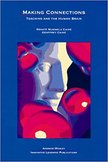 Written in 1991, the research and conclusions made in this volume are not new. At the same time, we can't say that current research is anything new either. When the authors call for a Time for a Change, we are reminded of the newer findings of books like Most Likely to Succeed and Grit. When I read professional books, I like to reflect on my own educational philosophy and consider methods or research that will help me improve. As I reread this book, I found some very meaningful spots that absolutely apply to me. Currently literature, mathematics, history, and science are often seen as separate disciplines unrelated to the life of the learner. And much of what we presently accept as teaching is based on the mistaker belief that students can be taught reading and writing as separate from meaning and purpose, and that somehow what happens in the classroom is unaffected by the real world children and adults inhabit. Brain-based learning on the other hand, rests on the fact that the various disciplines relate to each other and share common information that the brain can recognize and organize. I do not enjoy a rigid schedule in Room 404. I prefer to blend areas of the curricula whenever possible. That doesn't just meet the needs of real-world students; it also allows us to kill two birds with one stone. I like to teach history in the reading block, math during science, and writing after just about anything. Likewise, if I can relate my material to my students, they will be more apt to be interested. Sometimes that means I have to get them interested. It's always easier to start from a familiar point or with familiar experiences. Excellent teachers do more than teach to the test. They use the background and information students bring to class, including their experiences with parents, power, and love. Such teachers attempt to help students recognize the deeper meanings and issues...and make genuine personal connections... These connections include increasing familiarity with a somewhat different vocabulary, society, and period in time. Students also learn about themselves and life in the process. Thus, immersion in the subject, linking the information to other subjects and personal meaning, and expansion of vocabulary, history, and psychology has begun. I like that last part: "Students...learn about themselves and life in the process..." That's the whole purpose or teaching, is it not? When I started this journey, I did not understand that. I thought a day in my classroom was just supervising a series of assignments. Soon after my first steps came the understanding that I did not have to follow someone else's style - that I could be more effective by "going rogue". I did not ignore the curricula - I just tweaked it to fit in the best manner possible. As much as I tried to cross curricula, I also had to consider challenging my students by asking them higher-order questions and by putting forth mysterious scenarios. I had to understand that the teacher does not provide everything - that the teacher is not the nurturing, patient soul that many people think he is. I finally concluded that that type of teaching - the kind that presses me to be with the kid throughout the process, to correct and handhold - would drive me to an early grave. Not only this, but helping that kid perform everything perfectly is not what's best for her. Robert Kaplinsky touched on this in his blog post on May 9: Why I Want to Be the Least Helpful Teacher Possible (You have to appreciate the title.). Here's how the authors put things in Making Connections: Among the features of brain-based learning are active uncertainty or the tolerance for ambiguity; problem solving; questioning; and patterning by drawing relationships through the use of metaphor, similes, and demonstrations. Students are given many choices for activities and projects. Teaching methods are complex, lifelike, and integrated, using music and natural environments. Brain-based learning is usually exprienced [sic] as joyful, although the content is rigorous and intellectually challenging; and students experience a high degree of self-motivation. It acknowledges and encourages the brain's ability to integrate vast amounts of information. It involves the entire learner in a challenging learning process that simultaneously engages the intellect, creativity, emotions, and physiology. It allows for the unique abilities and contributions from the learner in the teaching-learning situation. It acknowledges that learning takes place within a multiplicity of contexts - classroom, school, community, country, and planet. It appreciates the interpenetration of parts and wholes by connecting what is learned to the greater picture and allowing learners to investigate the parts within the whole. Brain-based learning is meaningful to the learner. What is learned makes sense. Makes sense? Yes, even thought this is a government job, there is a way to make sense of it. However, for some and in some conditions, we start to talk out of both sides of our faces: Unfortunately, many teachers who are aware of the complexities of learning and teaching have been intimidated into ignoring what they know. They have had to fight both a factory model that places a premium on low-quality output and a research model that implies that their observations of what actually happens are invalid. It takes a strong personality and enormous conviction to ignore such pressures. ...And that's the truth!
The change the authors called for in the 20th Century is still what I strive to achieve in the 21st.
Appreciation is an art that takes commitment and, at times, practice. We often get so busy thinking about what we do not have and what we cannot do that we fail to capture life's beauty. But if we commit to taking the time to stop and give thanks, we see that our world is full of abundant blessings at every turn. Kim Bearden, in her Crash Course book, addresses the importance of giving thanks. It's definitely something to work on. I wonder:
We need to look for ways to show our appreciation even in the hardest situations. It's easy to say thank you for niceties, but are there other times we could employ the practice? When we give thanks for our many blessings, the trivial inconveniences and the trials of life are greatly diminished. When things don't go just as you expected and you don't get just what you want, give thanks anyway. I have even found that when life-changing moments happen, it is usually because there was a struggle beforehand that led to the joy of the experience. Now we all have something to think about.
I have to say it: I am perplexed.
The irony bothers me, but what bothers me more may be that it doesn't bother anybody else. Our schools seem to be funded by sin. Sin taxes, that is. Why are our schools supported by cigarettes, alcohol, and gambling? It sounds like if educators want more money funneled our way, we should be promoting more smoking, drinking, and slots. Maybe we could hook the kids on these things before they graduate. All in the name of job security, of course. (That's sarcasm.) For the record, I've noticed the biergarten promos to support battered women and children, too. More irony. Perhaps we should promote safer driving by selling joints to truck drivers. Must I explain further? Not only this, but where our money comes from in education is all a political game anyway. If you don't understand how this game is played, why don't you? The lottery brags that its money goes to education...where, of course, it does tons of good...but what happens to the money that was already being spent on education? Because it's not like education has collected a greatly-increased amount of money since the lottery came on line. If the lottery, or the gambling houses, or huge cigarette taxes are sending so much cash into the public school system - on top of what schools were already collecting - then where is the increase? Obviously, with sin taxes earmarked for education, someone has decided the other funds are no longer necessary. Don't you suspect along with me that those funds are long gone by now - rerouted to somebody else's pockets? Why wouldn't it work that way? It seemed apparent to me from the get-go. But the irony is almost sickening. When we teach children that smoking is hazardous, are we shooting ourselves in the foot? In a few years, if our teaching sticks, we will no longer collect as much income from cigarettes. Then what? Return funds from elsewhere? Instead, we could put some one-armed bandits in the school foyer, turn the conference room into a cigar lounge, etc. You get the idea. Should we not begin to promote the very lifestyles that support our objectives? (Sarcasm, people!) We live in a strange world, don't we? I'll admit it right up front: I did not want to read this book. I am not normally a Pan Muñoz Ryan fan. It's not that Ryan can't write well; it's more that I just don't gravitate toward her genre or topics. That said, Echo pulled me in from its enchanting beginning to its tightly wrapped conclusion. But it is all the parts in the middle that kept me reading. This book is a thick one, heavy to hold, but Author Ryan masterfully weaves three stories into its pages (really four stories). The thing is: just when you attach yourself to a character, he or she goes away. Each of the three major storylines lures the reader to the precipice and then stops. Stops! Just when the reader is at the edge of his seat, just when all is about to be lost or gained, this thing screeches to a complete stop, and the next story begins. The reader is forced to put faith in the author that each cliffhanger will be resolved in the end. But how?
It has been a while since I added a title to my Recommended Reading bookshelf in the margin of this page, but this one has captured my interest enough to give it a spot.
|
AnthemThe Hoggatteer Revolution
is an extensive, award-winning, inimitable, digital platform for Encouraging and Developing the Arts, Sciences, and honest Christianity in the beautiful, friendly LAND OF THE FREE AND THE HOME OF THE BRAVE This site is described as
"a fantastic site... chockablock full of interesting ideas, hilarious anecdotes, and useful resources." 
...to like, bookmark, pin,
tweet, and share about the site... and check in regularly for new material, posted often before DAWN'S EARLY LIGHT! History in ResidenceElementary Schools: Bring Mr. Hoggatt into your classroom for a week of engaging and rigorous history programming with your students. LEARN MORE BUILDING BETTER
|
